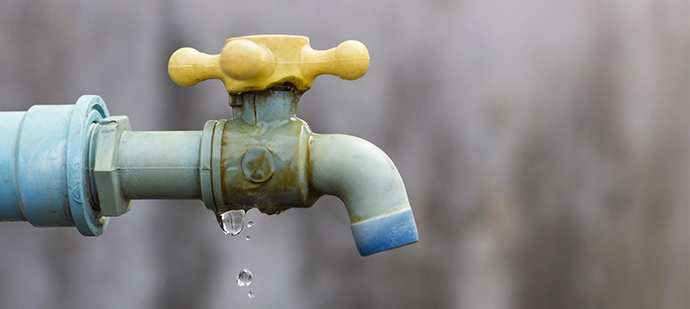Just how to Examine If Your House Has a Concealed Leak
Just how to Examine If Your House Has a Concealed Leak
Blog Article
In this article below you might get a bunch of decent resources pertaining to Leaking water lines.

Early detection of dripping water lines can reduce a potential disaster. Some little water leakages may not be visible.
1. Check Out the Water Meter
Checking it is a surefire way that helps you discover leaks. If it moves, that shows a fast-moving leakage. This suggests you might have a sluggish leak that might even be underground.
2. Examine Water Consumption
Evaluate your water expenses and track your water intake. As the one paying it, you need to observe if there are any type of inconsistencies. If you spot sudden changes, regardless of your usage being the same, it suggests that you have leaks in your plumbing system. Remember, your water costs need to drop under the same variety monthly. A sudden spike in your expense shows a fast-moving leak.
A steady increase every month, also with the very same behaviors, reveals you have a sluggish leakage that's additionally gradually intensifying. Call a plumber to completely check your building, specifically if you really feel a warm location on your floor with piping underneath.
3. Do a Food Coloring Examination
When it comes to water usage, 30% comes from commodes. If the shade somehow infiltrates your bowl during that time without flushing, there's a leakage in between the tank and bowl.
4. Asses Outside Lines
Do not fail to remember to check your exterior water lines as well. Should water leak out of the link, you have a loosened rubber gasket. One tiny leakage can lose heaps of water as well as spike your water expense.
5. Assess the situation and inspect
Homeowners must make it a habit to check under the sink counters as well as even inside closets for any type of bad odor or mold and mildew development. These two red flags suggest a leakage so punctual focus is called for. Doing routine evaluations, even bi-annually, can save you from a significant problem.
More significantly, if you understand your house is currently old, keep a watchful eye on your heating units, hose pipes, pipes etc. Look for discolorations and weakening as the majority of devices as well as pipes have a life span. They will certainly additionally normally degrade because of tear and wear. Don't wait for it to rise if you think dripping water lines in your plumbing system. Call an expert plumber immediately so you do not wind up with a terrible mess in your house.
Early detection of dripping water lines can minimize a potential catastrophe. Some small water leakages might not be noticeable. Checking it is a surefire method that assists you find leakages. One little leakage can throw away tons of water and spike your water bill.
If you think dripping water lines in your plumbing system, don't wait for it to intensify.
WARNING SIGNS OF WATER LEAKAGE BEHIND THE WALL
PERSISTENT MUSTY ODORS
As water slowly drips from a leaky pipe inside the wall, flooring and sheetrock stay damp and develop an odor similar to wet cardboard. It generates a musty smell that can help you find hidden leaks.
MOLD IN UNUSUAL AREAS
Mold usually grows in wet areas like kitchens, baths and laundry rooms. If you spot the stuff on walls or baseboards in other rooms of the house, it’s a good indicator of undetected water leaks.
STAINS THAT GROW
When mold thrives around a leaky pipe, it sometimes takes hold on the inside surface of the affected wall. A growing stain on otherwise clean sheetrock is often your sign of a hidden plumbing problem.
PEELING OR BUBBLING WALLPAPER / PAINT
This clue is easy to miss in rooms that don’t get much use. When you see wallpaper separating along seams or paint bubbling or flaking off the wall, blame sheetrock that stays wet because of an undetected leak.
BUCKLED CEILINGS AND STAINED FLOORS
If ceilings or floors in bathrooms, kitchens or laundry areas develop structural problems, don’t rule out constant damp inside the walls. Wet sheetrock can affect adjacent framing, flooring and ceilings.
https://www.servicemasterbyzaba.com/blog/how-to-detect-water-leakage-in-walls/

I stumbled upon that blog post on Hacks to detect leaks when scouting around the internet. So long as you enjoyed reading our blog posting if you please do not forget to share it. Kudos for your time. Please stop by our website back soon.
Report this page